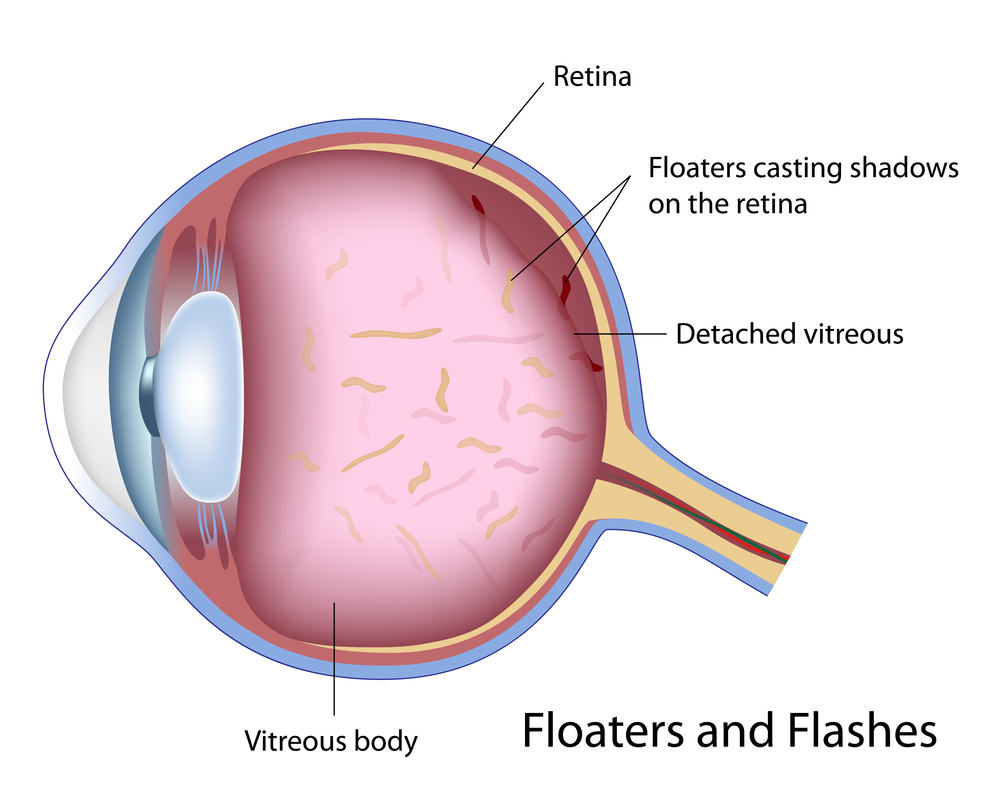Understanding Eye Floaters and Flashes: Symptoms and Solutions
This article explains the causes, symptoms, and treatment options for eye floaters and flashes. It highlights how age-related changes in eye collagen fibers lead to floaters and emphasizes consulting a doctor if symptoms change suddenly. Treatment typically isn’t necessary for benign floaters, but serious eye issues require prompt medical attention. The piece offers valuable insights for those experiencing floaters or flashes, promoting awareness and timely intervention to preserve eye health.

Understanding Eye Floaters and Flashes: Symptoms and Solutions
Floaters in your vision appear as tiny spots that drift across your line of sight when observing bright backgrounds. These floaters are usually harmless and painless but can be bothersome. Larger floaters might cast shadows, especially under certain lighting conditions. They tend to move with eye movements and seem to shift away when focusing. Eye floaters result from changes in the vitreous gel's protein fibers, often linked to aging. However, serious eye issues like retinal tears or detachment can also cause floaters and flashes.
Cause-wise, alterations in collagen fibers within the vitreous are common with age, leading to floaters. Collagen fibers shrink and form small shreds that cast shadows on the retina. Rarely, floaters may stem from eye trauma, diabetic retinopathy, tumorous growths, or vitreous hemorrhages.

Causes of Eye Floaters and Flashes
Age-related changes in collagen within the vitreous are the primary cause of floaters and light flashes. These changes, common after age 50 to 75, involve collagen fibers shrinking and forming debris that casts shadows on the retina. Less common causes include eye injury, diabetic retinopathy, tumors, or deposits in the vitreous.
Floaters can appear in various forms—dots, threads, rings, cobwebs, or squiggly lines—and vary in size and shape. While usually benign, sudden increases in floaters, flashes of light, or vision loss require immediate ophthalmologic attention.
Most individuals adapt to floaters as they typically don’t impair vision or cause pain. Treatment depends on the severity—the benign ones often just need observation or focus shifts, while larger or numerous floaters might necessitate surgical intervention. People with high myopia or recent cataract procedures are more prone to floaters.
Important Note:
Our blog provides an array of informational articles across various health topics. While our content aims to inform and assist readers, it shouldn’t replace professional medical advice. The editorial team isn’t responsible for any discrepancies or inaccuracies found elsewhere. Readers should consult healthcare professionals for personalized diagnosis and treatment options.










